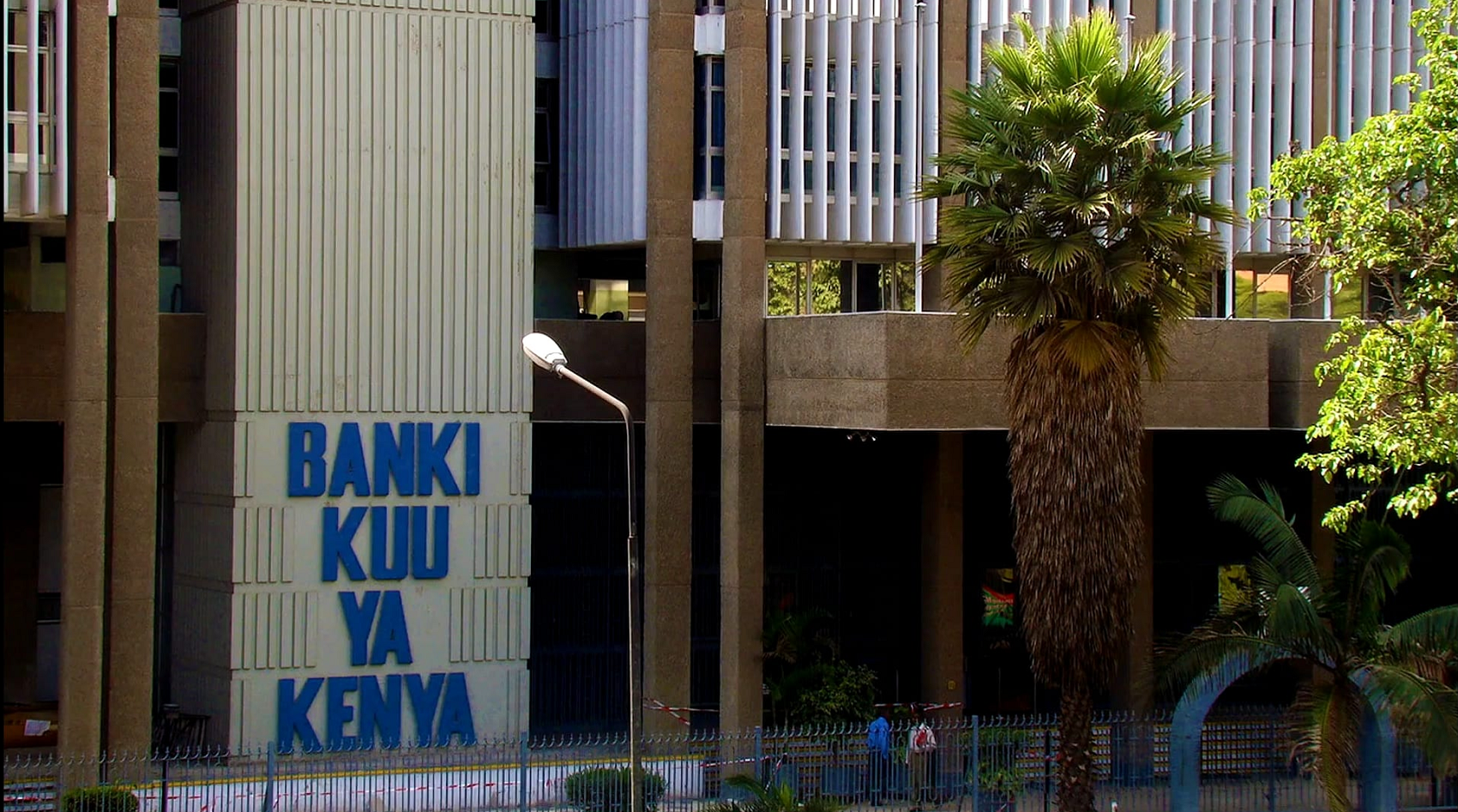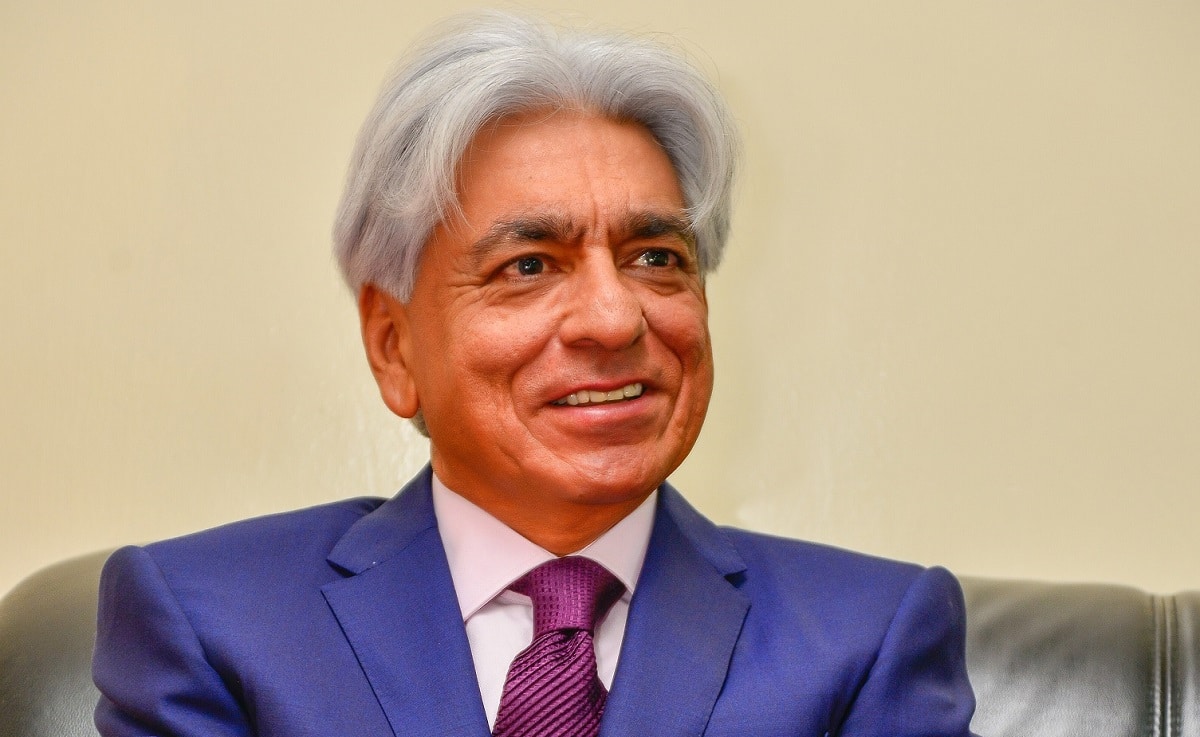Kenya Power is phasing out its entire fleet of 2,000 fossil fuel-powered vehicles over the next four years. The plan involves purchasing new electric vehicles and retrofitting electric engines on existing vehicles.
It is one of several measures intended to support the company’s e-mobility push. Acting Managing Director Eng. Geoffrey Muli made the announcement during the opening session of the inaugural e-mobility conference, an event bringing together stakeholders from the private and public sector.
In the current financial year, Kenya Power has allocated Ksh40 million for the purchase of new electric vehicles and also plans to build three electric vehicle charging stations in Nairobi.
And as part of an EU-supported partnership with Kenya Power subsidiary Institute of Energy Studies and Research (IESR), Kenya Power is also looking to set up 15 electric motorcycle swapping and charging points at existing petrol stations in Nairobi “with the possibility of extending it to Kisumu.
The IESR projected will primarily model the grid network to analyze the impact of e-charging infrastructure on the national grid, and the data subsequently used to develop strategies to manage the growth in demand for electricity resulting from greater e-mobility adoption.
READ>Starlink in Kenya: Lessons from Nigeria as Launch Nears
Kenya Power sought to assure stakeholders that investments in the national grid had ensured that it was ready to support electric mobility infrastructure, including charging of vehicles across the country.
“In the last five years, Kenya Power has invested more than Ksh40 billion in grid expansion and refurbishment projects. Currently, the grid totals about 330,000 kilometres in circuit length of the high, medium and low voltage networks which serve 9.1 million customers, giving access to over 75% of the population in all 47 counties,” the company highlighted in a statement.
Supporting the uptake of electric vehicles, the power distributor noted that charging of vehicles at night could help bridge the gap between the installed capacity and demand during off-peak hours. It also noted that it would help drive the company’s green commitments as over the past three years, 90% of electricity dispatched to the national grid has come from renewable energy sources with the figure rising to 100% during most off-peak hours.
“Additionally, the country has an installed capacity of 3, 321 MW against a peak demand of 2,132 MW. During offpeak, which happens late in the night, the demand drops to about 1,100 MW,” KPLC observed.
NEXT READ>Tabitha Karanja Fights ‘State Capture’ in Ksh14.1B Tax Battle

![In the current financial year, Kenya Power has allocated Ksh40 million for the purchase of new electric vehicles. [Photo/ Tuvuti]](https://businesstoday.co.ke/wp-content/uploads/2023/02/Kenya-Power-live-line.jpg)











Leave a comment